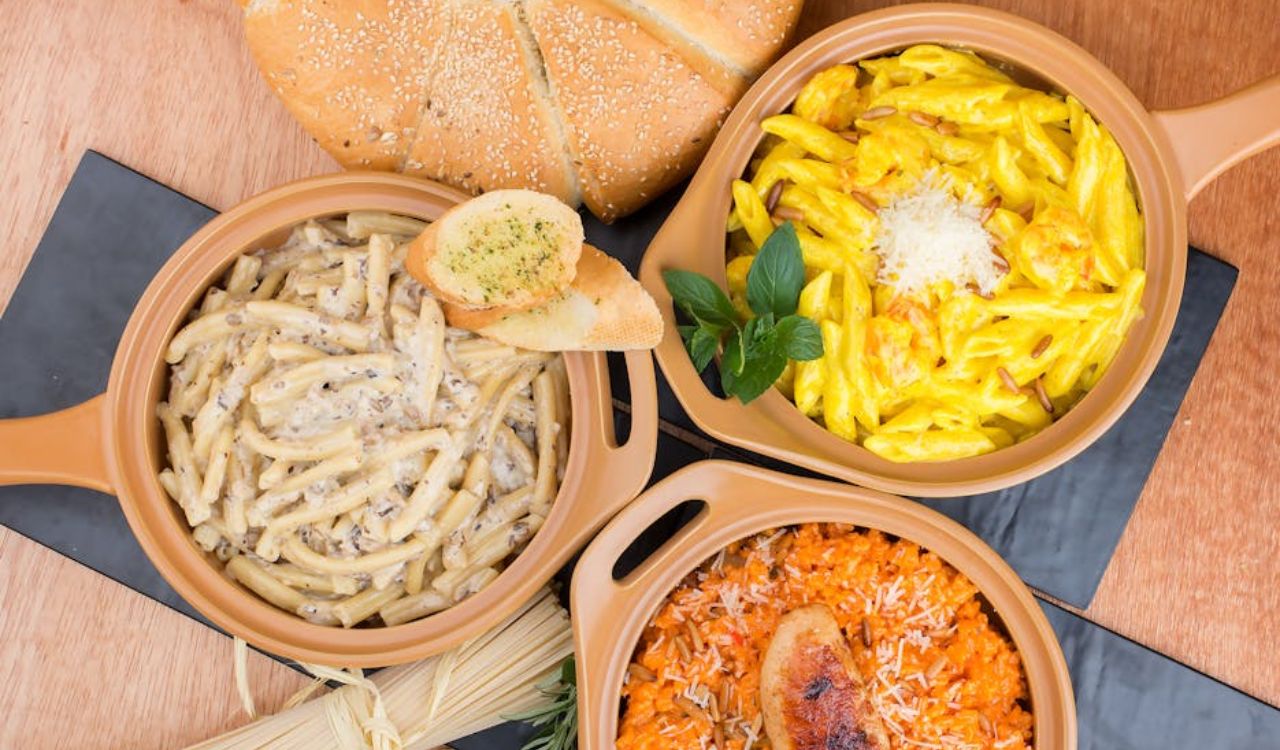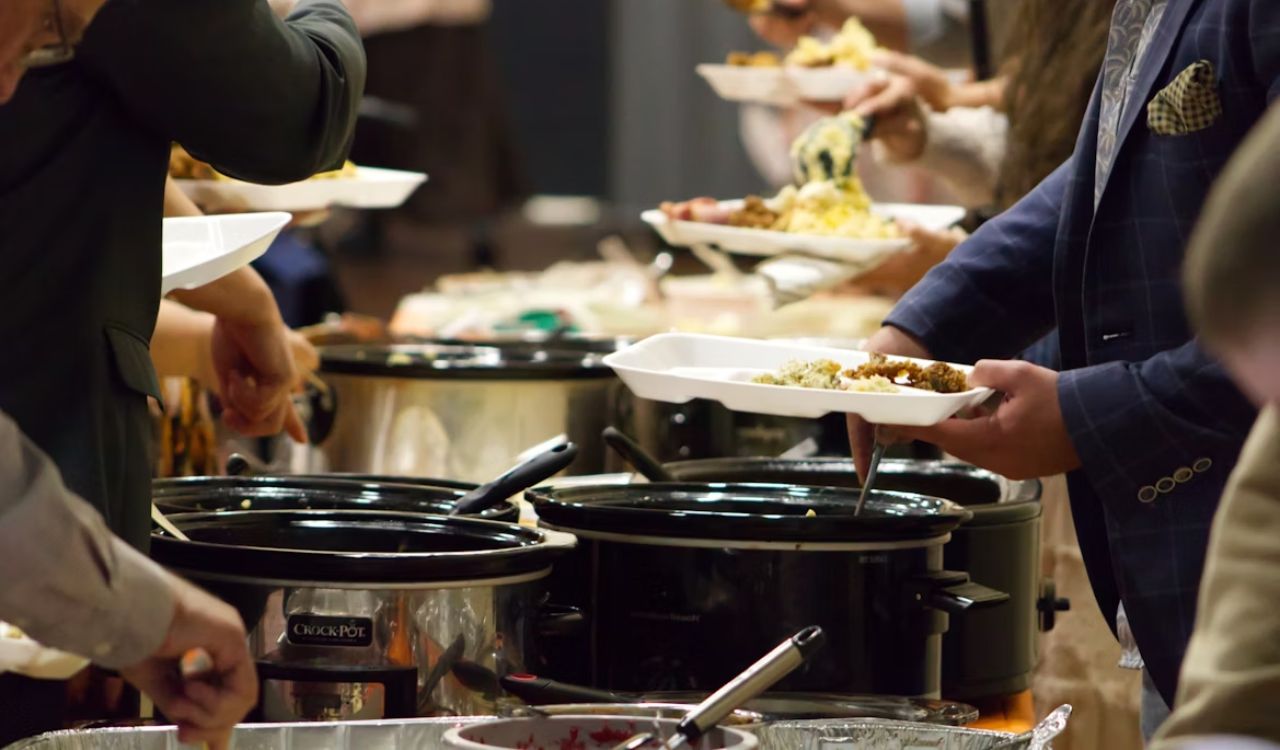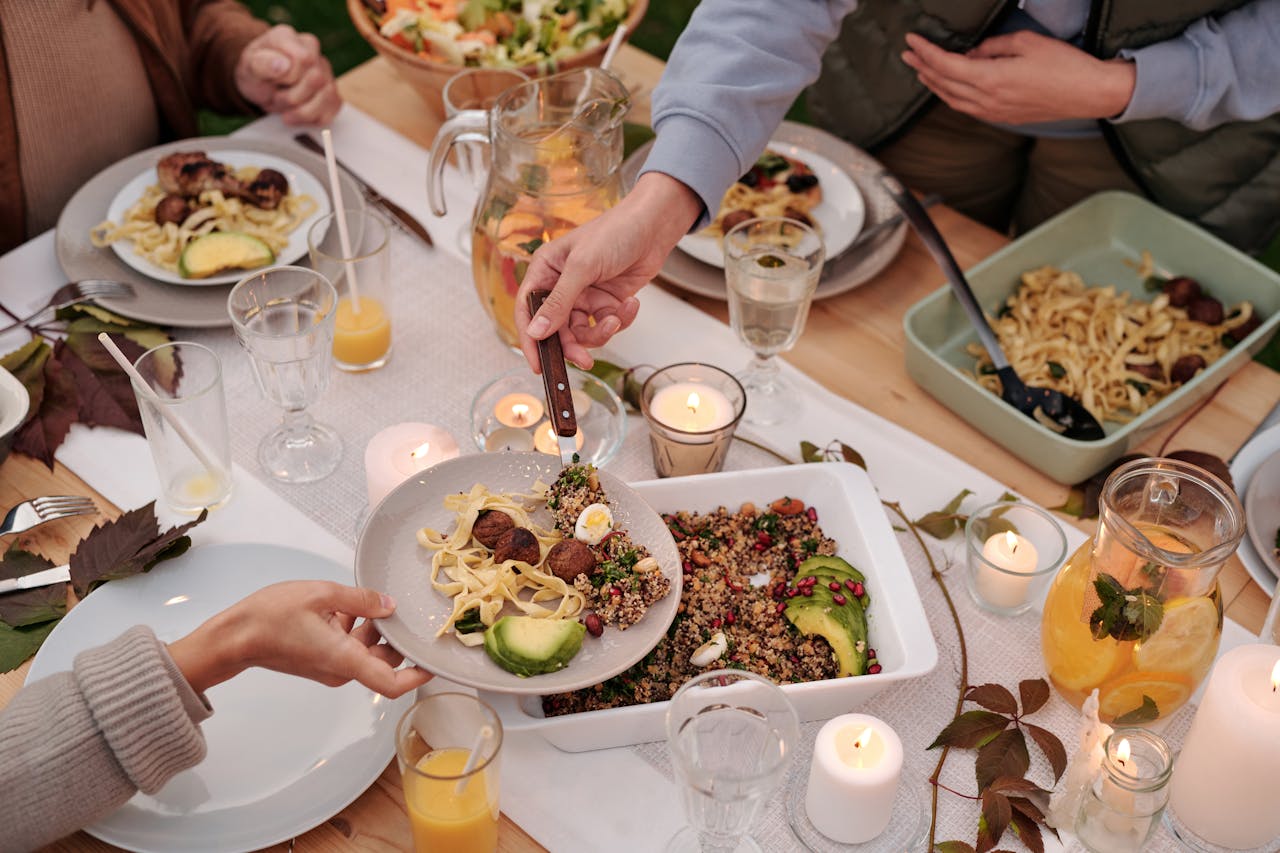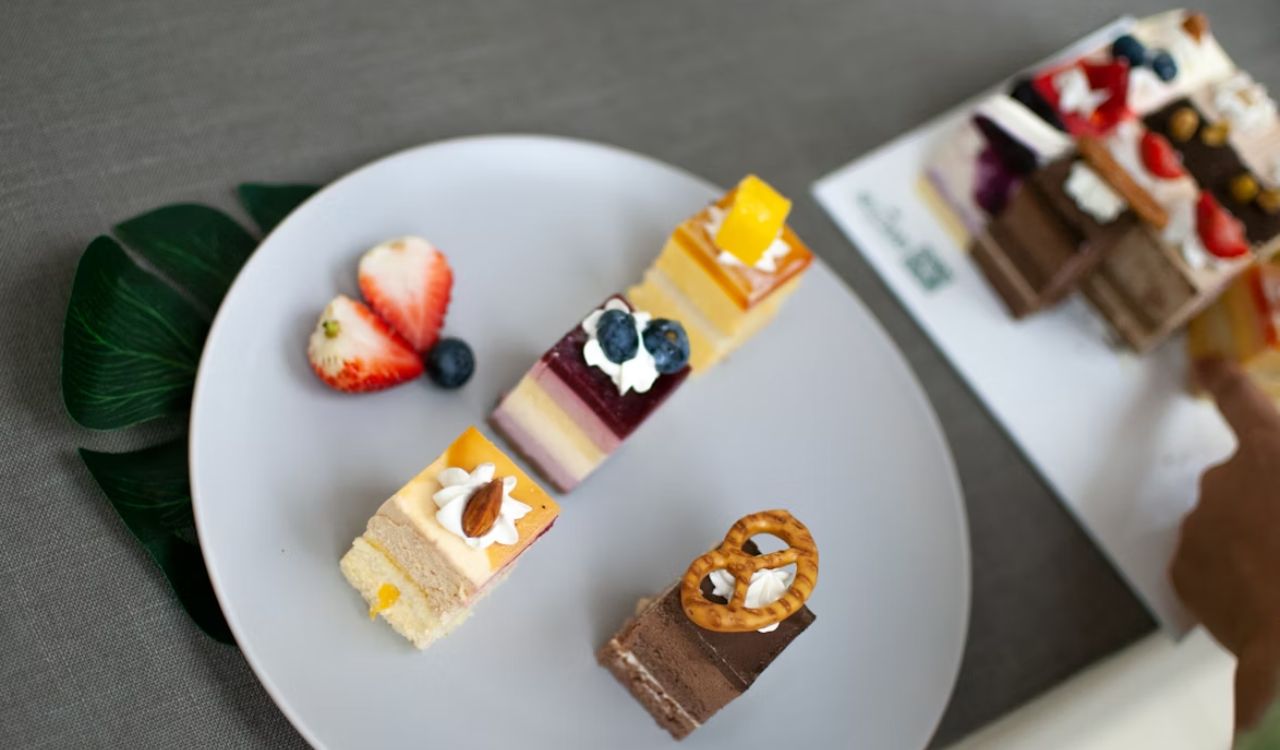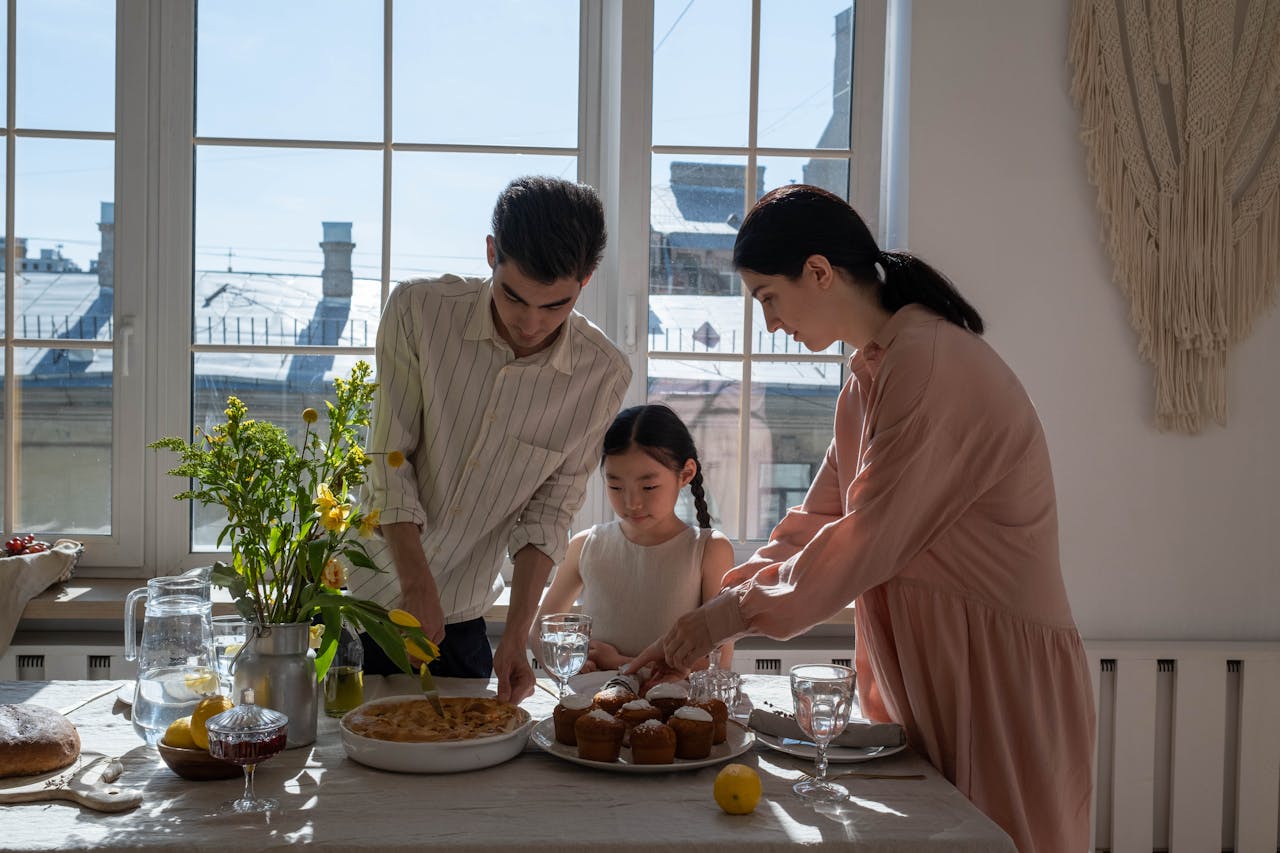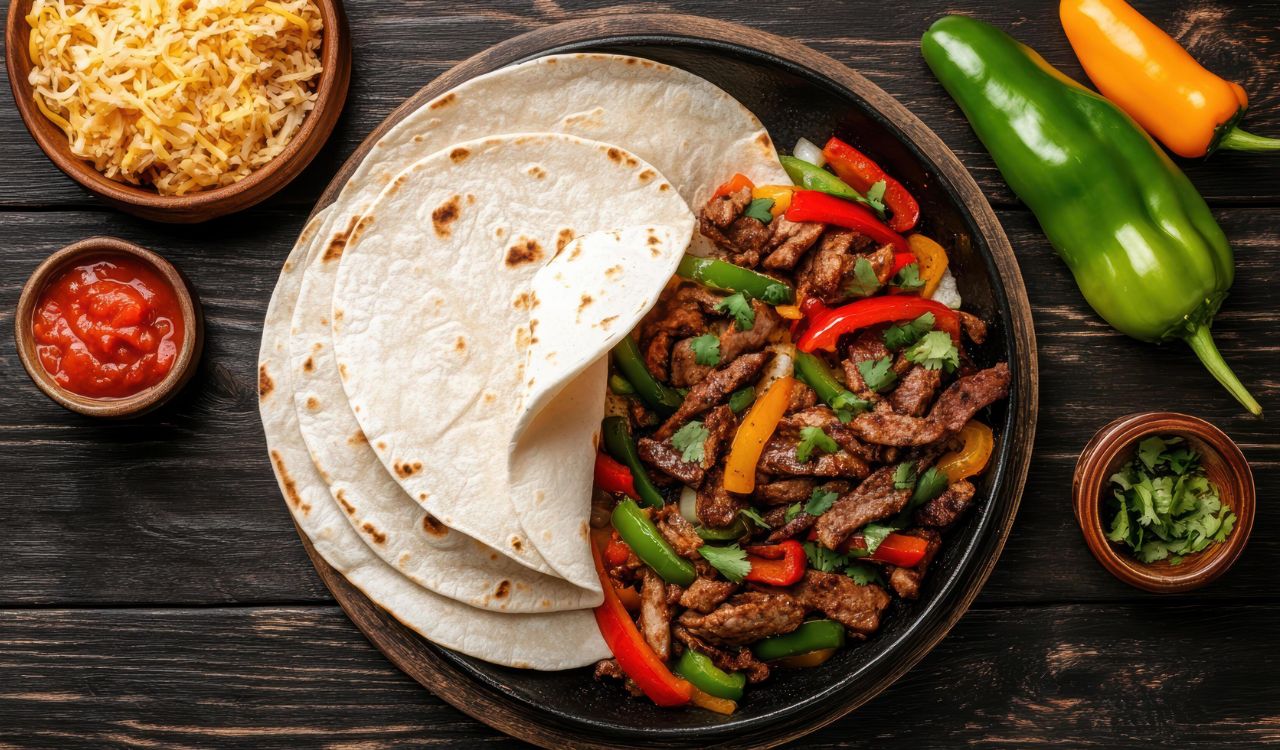10 of the World’s Most Expensive Fruits to Taste Once
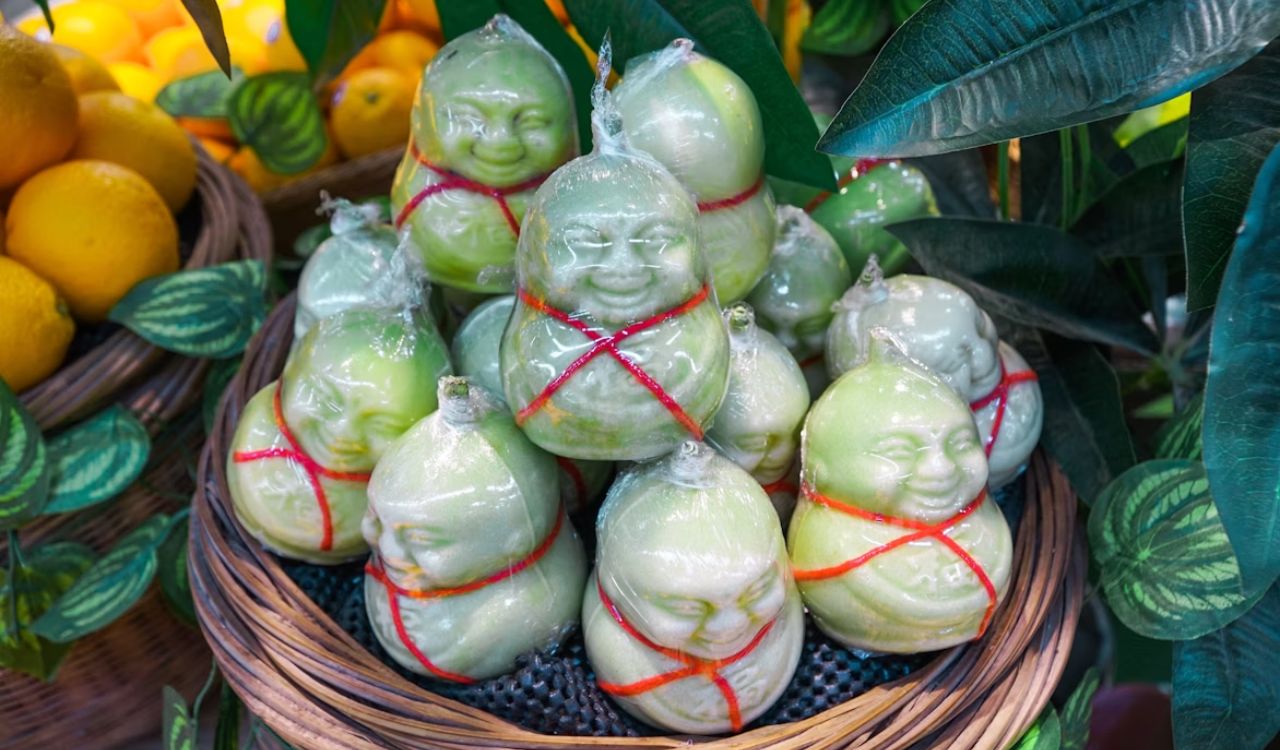
While fruits are everyday staples for most people, some varieties are considered luxury items worth hundreds or even thousands of dollars. Across the world, certain fruits are cultivated with extreme care, grown in limited quantities, and prized for their perfection. They often symbolize wealth and prestige, gifted on special occasions or sold at high-end markets. From Japan’s meticulously grown melons to England’s hand-tended pineapples, these are ten of the most expensive fruits in the world that every food lover should taste at least once.
1. Yubari King Melon (Japan)
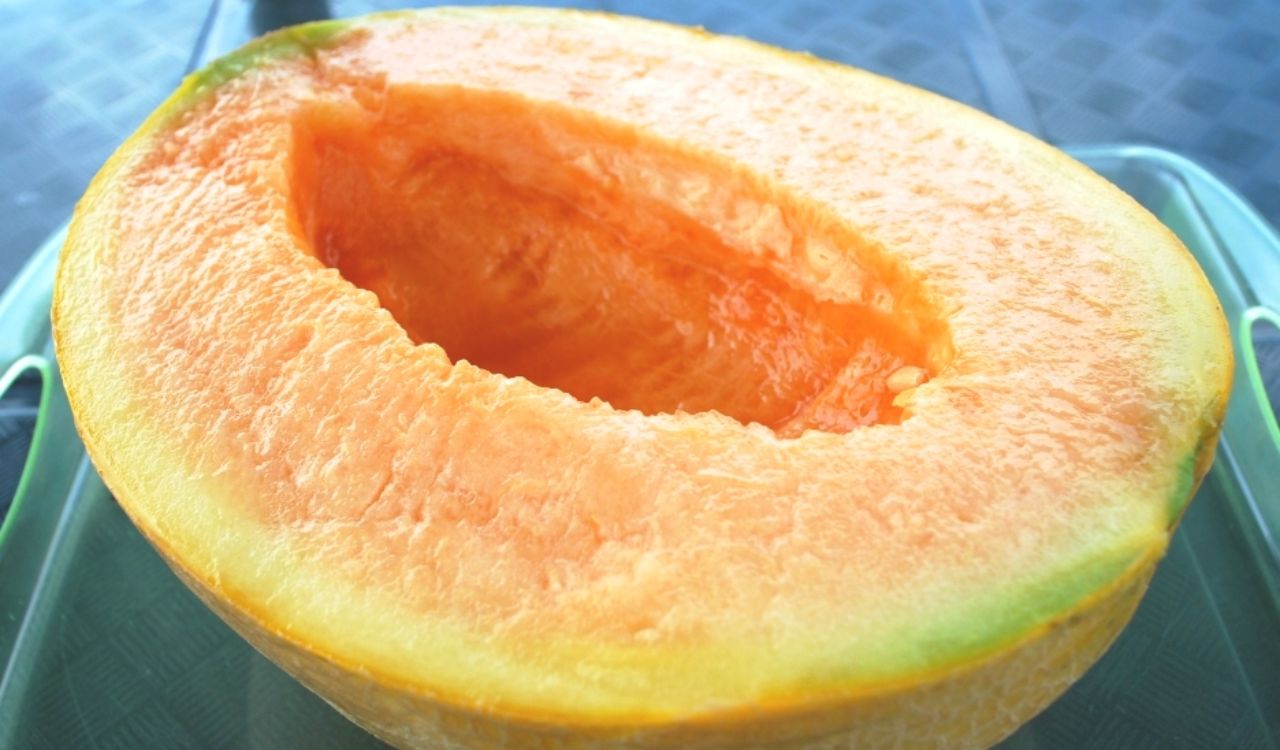
The Yubari King Melon is Japan’s ultimate luxury fruit and often tops the world’s most expensive fruit lists. Grown exclusively in Yubari, Hokkaido, these cantaloupe-like melons are prized for their flawless round shape, smooth rind, and high sugar content. Farmers carefully hand-pollinate and nurture each fruit under controlled greenhouse conditions. A pair of premium Yubari Kings once sold for more than $20,000 at auction. They are traditionally given as high-end gifts, symbolizing perfection, respect, and prosperity in Japanese culture.
2. Densuke Watermelon (Japan)
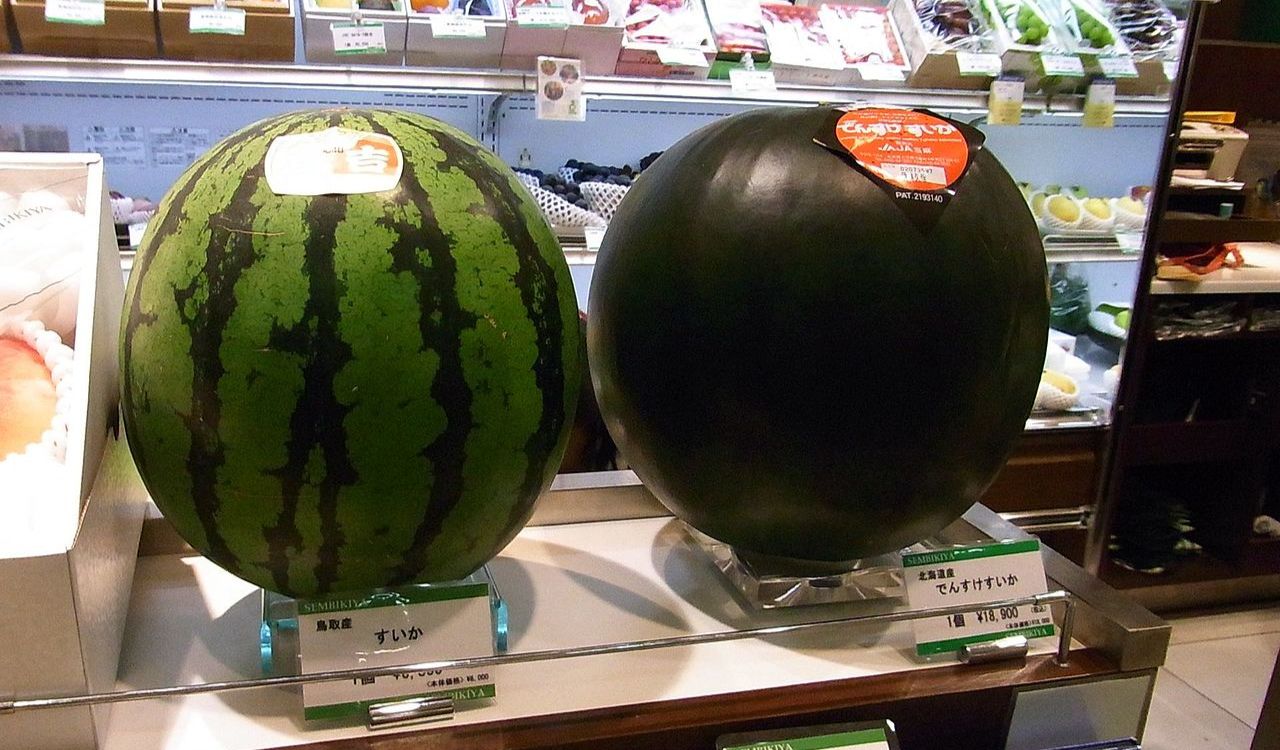
The Densuke Watermelon, with its signature jet-black rind and crisp, juicy flesh, is another rare delicacy from Hokkaido, Japan. Only a few hundred are produced each year, making them exceptionally exclusive. The fruit’s sweetness is balanced with a refreshing crunch that distinguishes it from standard watermelons. Because of its limited supply and meticulous cultivation, it often fetches thousands of dollars at auction. Its rarity, striking color, and perfect roundness have turned the Densuke Watermelon into a global symbol of agricultural luxury.
3. Ruby Roman Grapes (Japan)
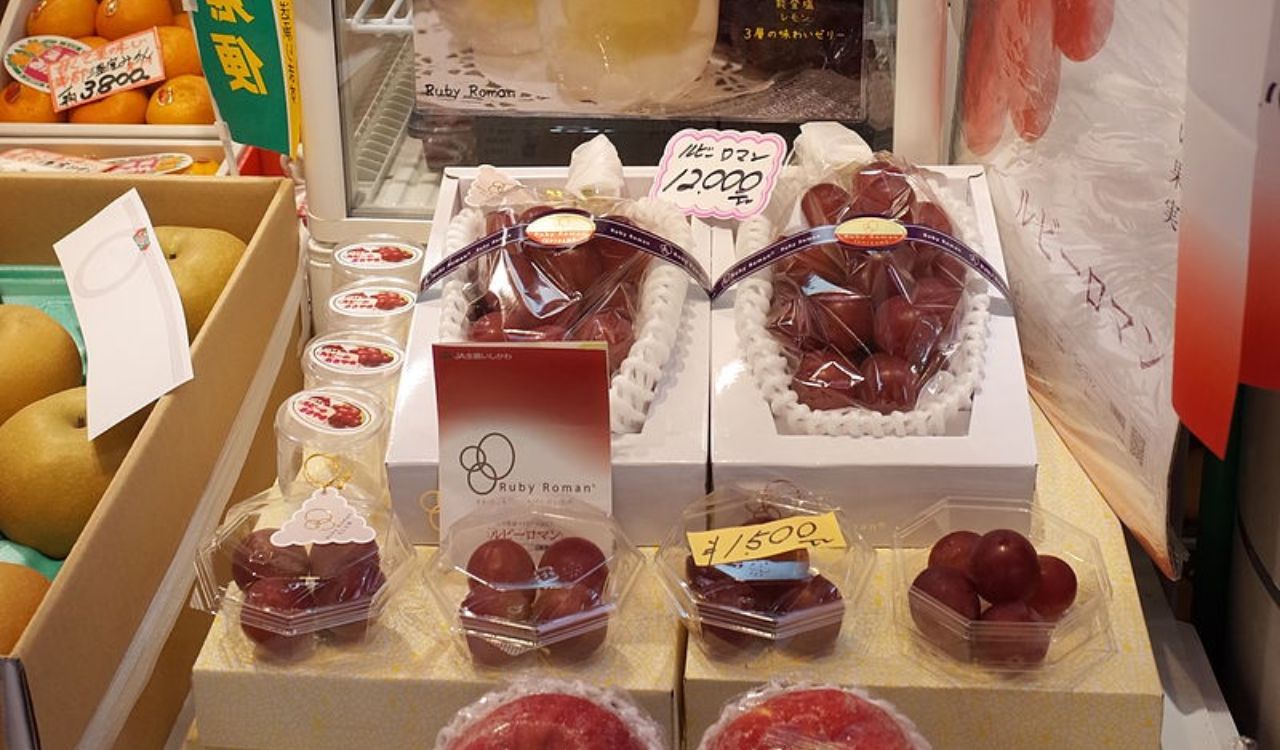
Ruby Roman grapes are grown in Ishikawa Prefecture and are famous for their perfect size, color, and sweetness. Each grape is about the size of a ping pong ball, deep red, and nearly translucent. Farmers adhere to strict standards for sugar content and uniformity. Only the highest-quality bunches are sold under the premium Ruby Roman label. Some have sold for over $10,000 at auction. These grapes are juicy, mildly tart, and incredibly aromatic, representing Japan’s devotion to detail and excellence in fruit cultivation.
4. Taiyo no Tamago Mangoes (Japan)
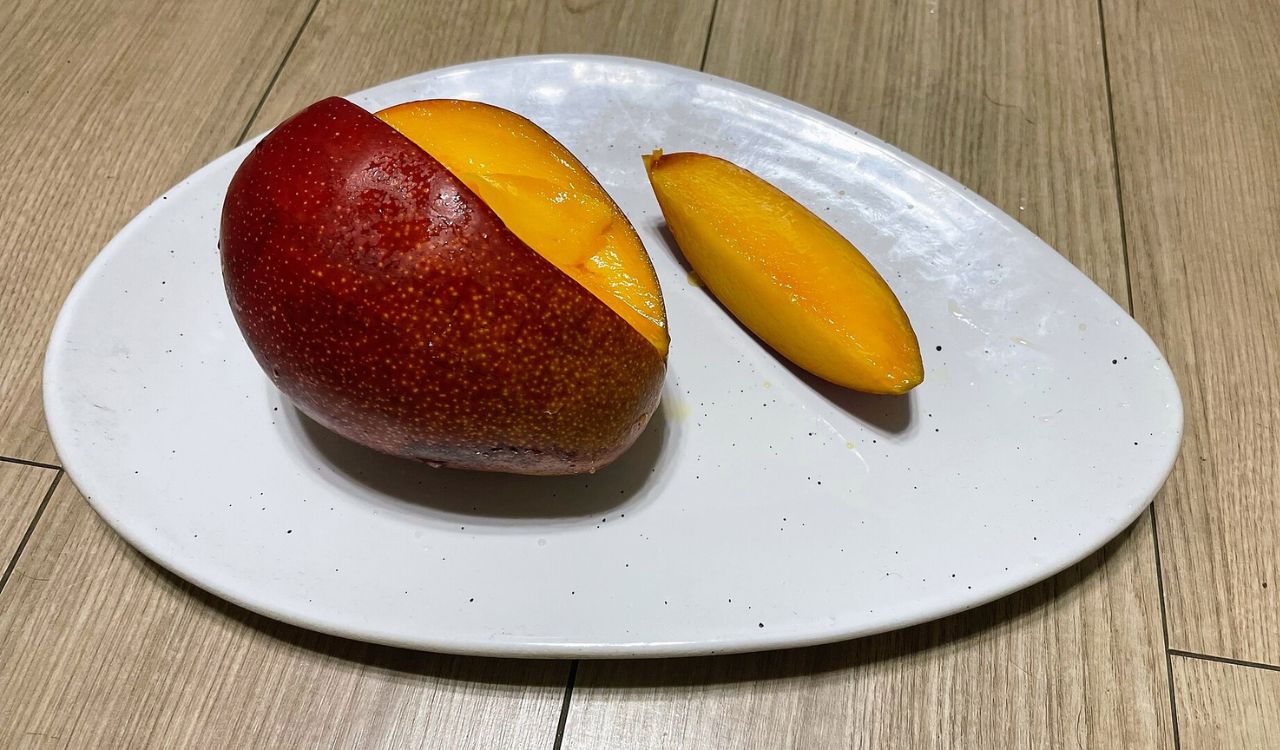
Meaning “Eggs of the Sun,” Taiyo no Tamago mangoes are grown in Miyazaki, Japan. Each mango must meet strict conditions for weight, color, and sweetness before earning its prestigious label. The fruit’s bright red skin and rich, honey-like flavor make it stand out among tropical varieties. A pair of these mangoes once sold for over $3,000 at auction. They are often presented as luxury gifts in Japan’s premium fruit shops and symbolize care, craftsmanship, and the art of perfection in agriculture.
5. Pineapples from the Lost Gardens of Heligan (United Kingdom)
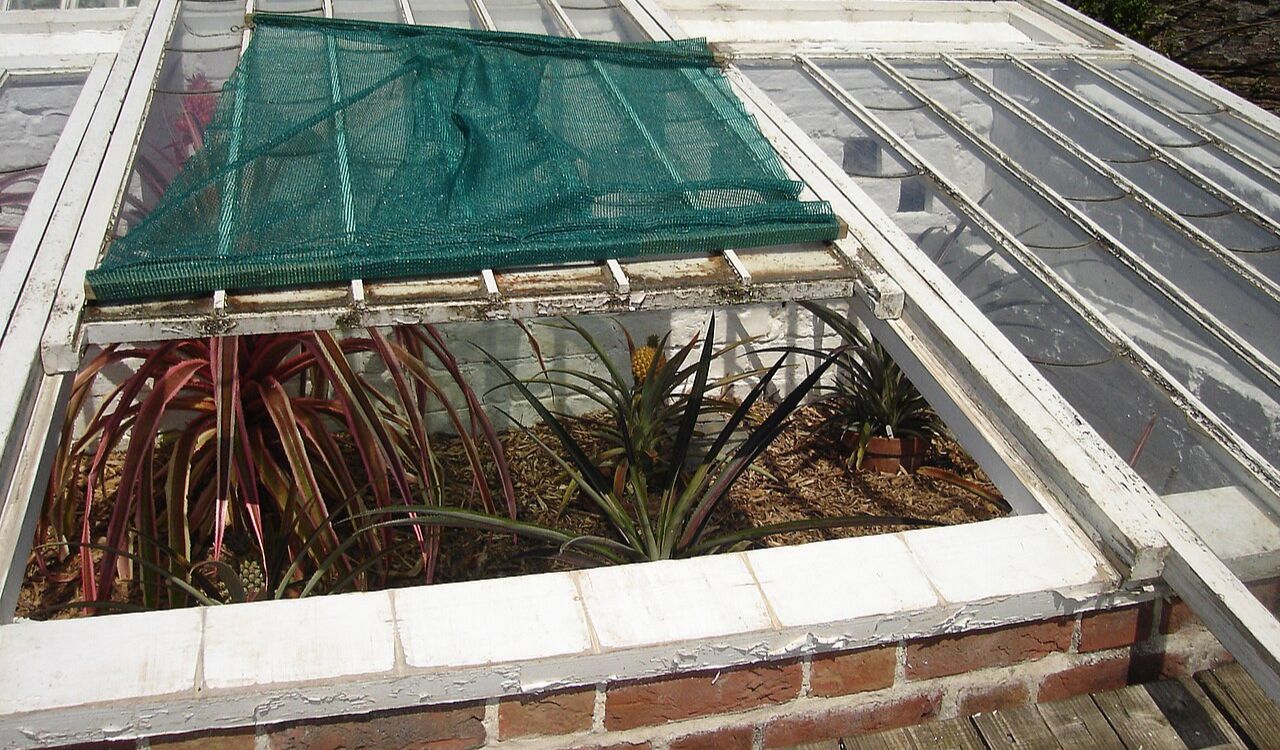
These rare pineapples are cultivated in Cornwall, England, using a revived Victorian-era growing technique that involves fermenting manure pits to generate heat. The process can take more than two years and requires constant care. Because of the effort and time involved, each pineapple can cost over $1,500. The fruit is smaller but intensely fragrant and sweet. Only a handful are produced annually. Grown as part of a historical restoration project, these pineapples represent both horticultural heritage and luxury agriculture at its finest.
6. Sekai Ichi Apples (Japan)
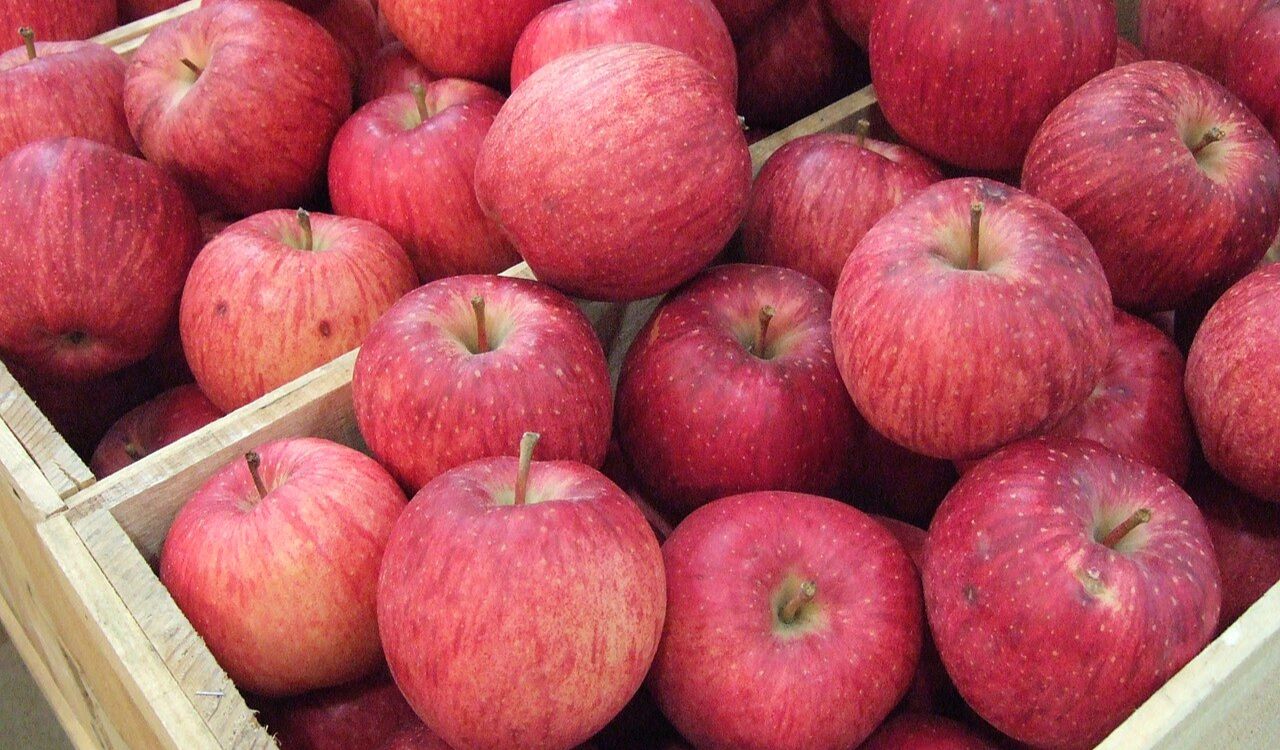
Sekai Ichi, meaning “World’s Number One,” lives up to its name with apples that are enormous, glossy, and nearly flawless. Each one can weigh up to two pounds and is hand-pollinated, washed, and individually stamped with the producer’s logo. The flavor is mild, sweet, and crisp, with a perfect balance of juice and texture. Farmers in Aomori Prefecture take pride in cultivating these apples for their beauty and taste. Priced around $20 to $30 per piece, Sekai Ichi apples showcase the Japanese ideal of precision and quality.
7. Buddha-Shaped Pears (China)
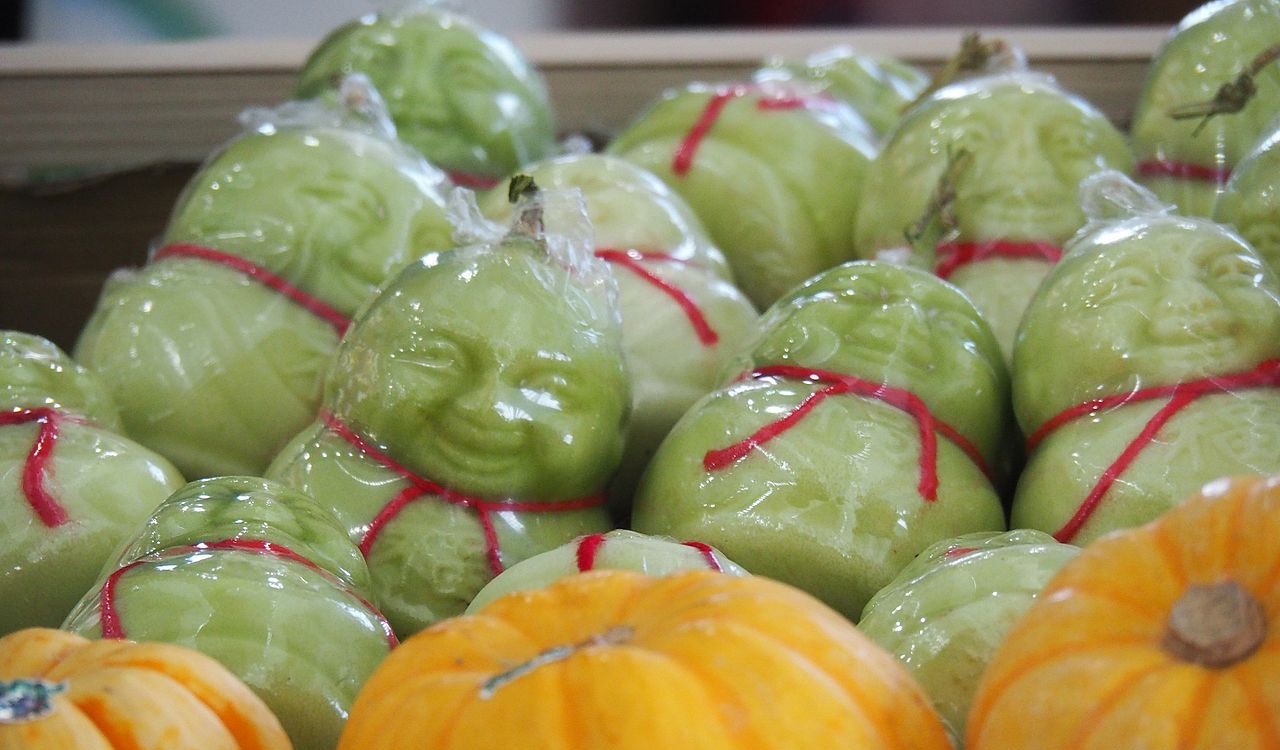
Buddha-shaped pears are grown in molds that shape the fruit into the likeness of a small, sitting Buddha. Farmers in Hebei, China, carefully monitor each pear as it grows to ensure it fills the mold evenly. The result is a striking, edible sculpture that attracts collectors and tourists alike. Despite their novelty, the pears retain a naturally sweet, juicy flavor. They often sell for several dollars each, but their craftsmanship and symbolic design make them priceless to those who appreciate artistic farming.
8. Square Watermelon (Japan)
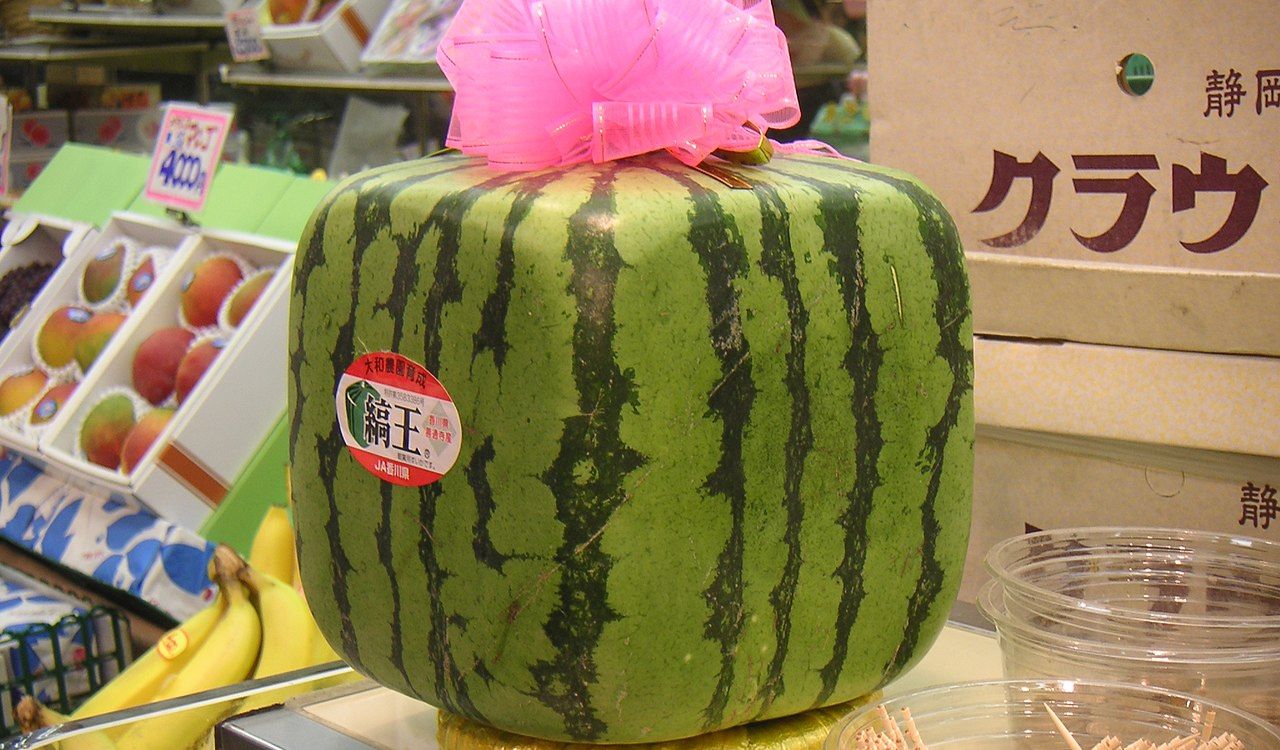
Square watermelons are grown inside transparent, cube-shaped molds that force them into a boxy form as they mature. Originating from Kagawa Prefecture, Japan, they were initially created to make stacking and storage easier. However, they became luxury décor items rather than food, since they are usually harvested before ripening to maintain shape. Each square watermelon costs between $200 and $800. With their striking geometric form, they are often displayed as gifts or design pieces rather than eaten, representing Japan’s creative agricultural ingenuity.
9. Sembikiya Queen Strawberries (Japan)
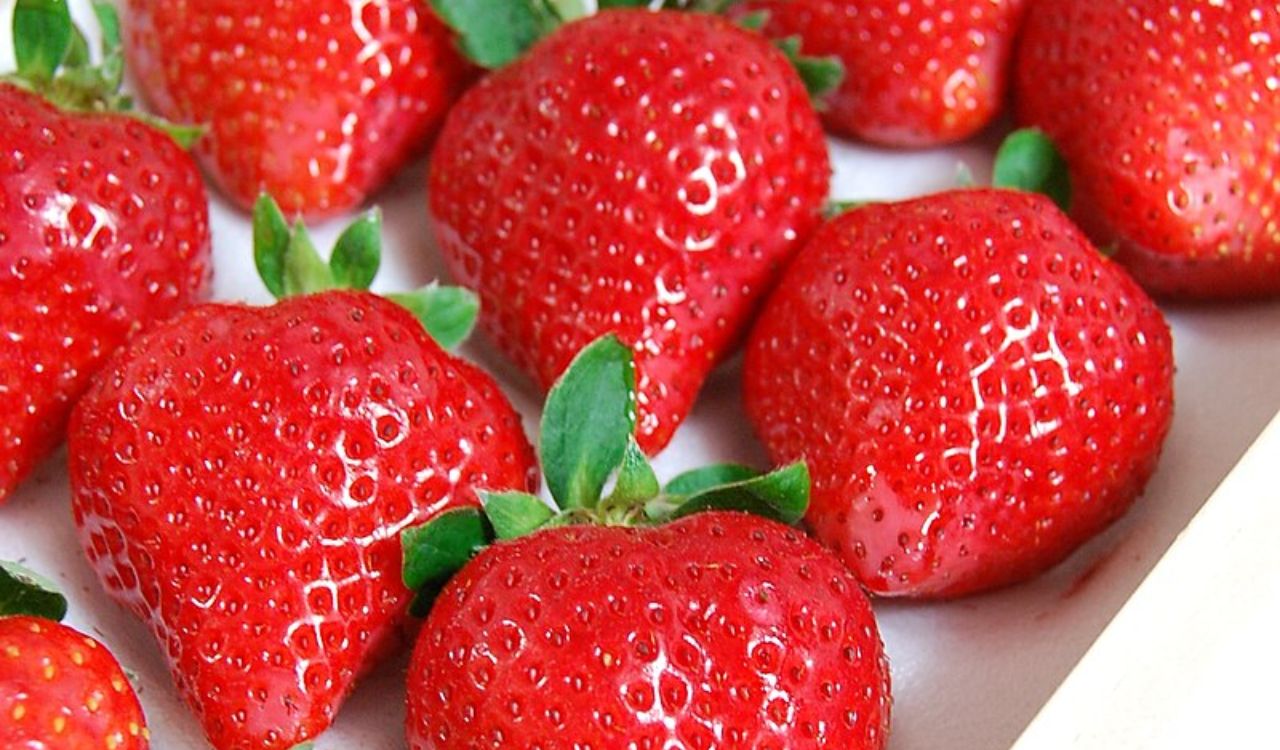
Sembikiya Queen Strawberries are among the most luxurious fruits sold at the historic Sembikiya fruit parlor in Tokyo. Each strawberry is hand-selected for uniform size, deep red color, and glossy finish. They are cultivated under precise temperature and humidity control to achieve perfect sweetness and aroma. Sold in beautiful boxes, these strawberries are often purchased as high-end gifts rather than casual snacks. A dozen can cost around $80 or more. Their delicate flavor and presentation make them a true symbol of edible elegance.
10. Durian (Southeast Asia)
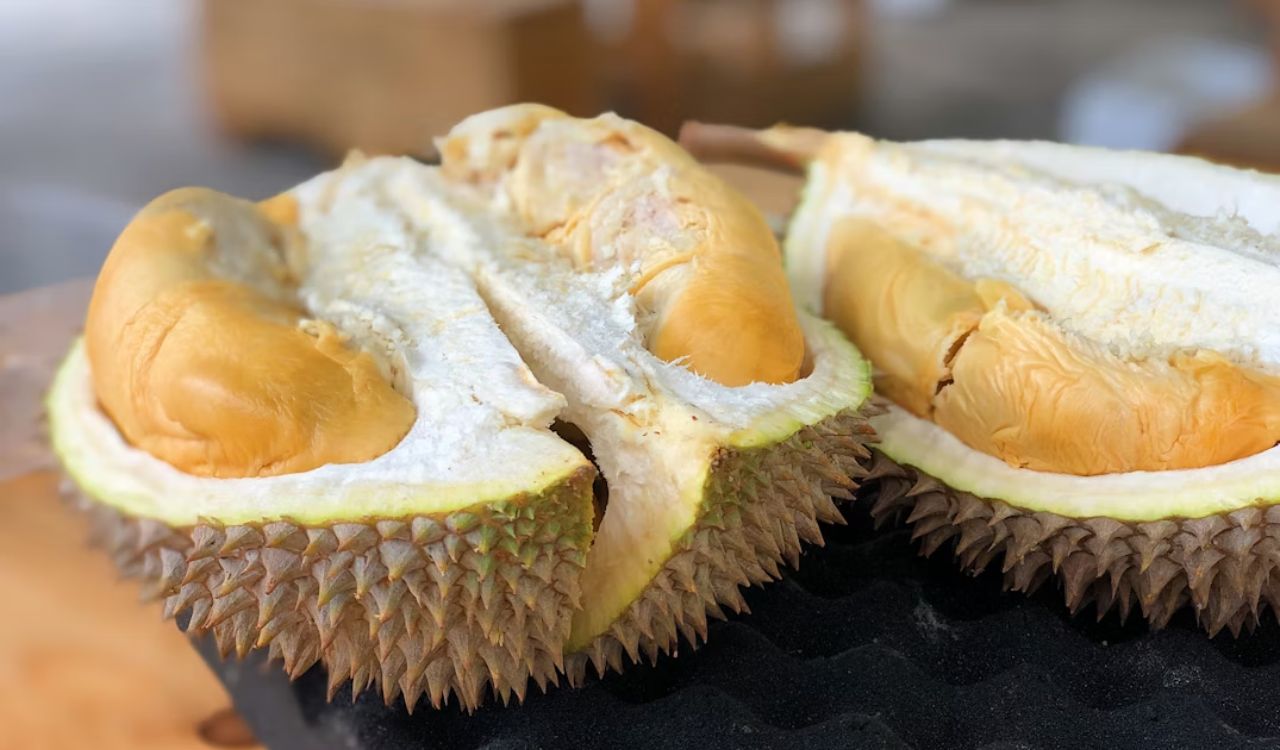
Durian, known as the “King of Fruits,” is famous for its strong odor and rich, custard-like flesh. Found across Malaysia, Thailand, and Singapore, the most prized varieties, such as Musang King, can cost hundreds of dollars per fruit. Its flavor combines sweetness with a savory depth, offering hints of caramel, almond, and vanilla. While some find its smell overwhelming, others adore its creamy texture and complex taste. Durian’s reputation as both controversial and irresistible has made it one of Asia’s most fascinating luxury fruits.


